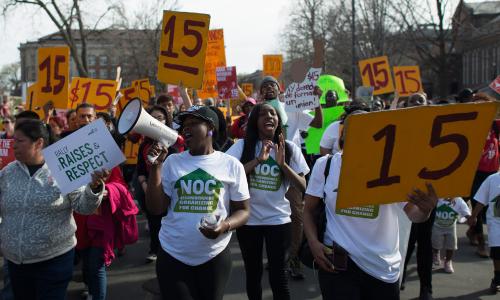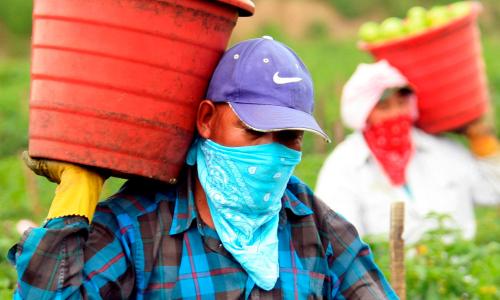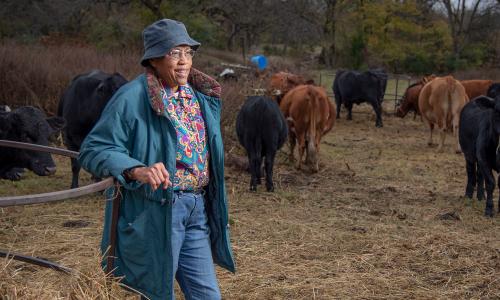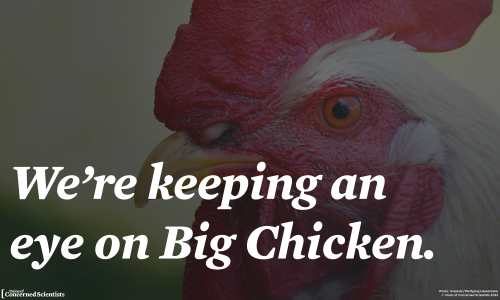Table of Contents
In the United States, we aspire to “liberty and justice for all,” but in our food system, as elsewhere, reality too often falls far short of that aspiration.
Our nation is a paradox, founded both on democratic, egalitarian ideals and on systematic practices of injustice and oppression—colonialism, slavery, genocide, and exploitation of labor, especially immigrant labor—that we have never fully confronted, repudiated, or made amends for.
Our food system is Exhibit A. Our supermarket shelves display an astonishing variety of food options, yet millions of our people are excluded from that abundance. Racial and economic privilege determine what kinds of food are available to us. Food justice advocates refer to this systematic stratification of our food choices as “food apartheid”.
These inequities will not just go away; we have to do the work of dismantling them, often in the face of opposition. A host of national and local organizations are engaged in food justice work, and UCS has collaborated with several of them, most notably through our partnerships with the HEAL Food Alliance and the Good Food for All Collaborative.
Unequal access and its consequences
Multiple studies have confirmed that Black, Native American, and Latinx people in the United States are significantly less likely to live near a retailer selling fresh, healthy food. This difference is deadly: rates of diabetes and other metabolic diseases are also higher in communities of color, and these two phenomena are related. A 2016 UCS analysis found that increasing the number of fresh food sources in communities of color would significantly lower diabetes rates.
But geographic proximity isn’t the whole story. That same UCS study found that when communities were viewed through the lens of income rather than race, adding more fresh food outlets to the mix had no effect on diabetes rates. (It doesn’t matter how close the farmers market is if you can’t afford to shop there, or if you work two jobs and have no time to cook dinner from scratch.)
In short, unequal healthy food access is a problem with multiple dimensions. Effective solutions will need to address all of them—and to ensure that these solutions are as just and reality-based as possible, it’s important that community voices play a leading role in framing them.
Fairness for food workers
Over 20 million people work in the US food system – that’s about one-eighth of the US labor force. Compared to workers in other sectors, food workers are more likely to be underpaid, to lack health insurance and other benefits, and to face unsafe, unhealthy or exploitative working conditions. According to a 2016 report by the Food Chain Workers Alliance, 8 of the 10 worst-paying jobs in the US are food system jobs. Abuses such as wage theft, sexual harassment and workplace violence are common, and food workers have few legal protections if they speak out.
Activist organizations such as the Coalition of Immokalee Workers (CIW) are standing up to demand fair wages and an end to abusive working conditions in the food industry. As consumers, we can stand with these efforts by educating ourselves and voting with our wallets for fair treatment of food workers, with the help of innovative labeling initiatives like CIW’s Fair Food Program.
The importance of ownership
One of the most effective ways to disempower a community is to exclude it from ownership of land, businesses, and other resources. A 2019 study from Portland State University shows that Black, Latinx and Native American people are grossly underrepresented among the nation’s farm owner-operators. This disparity has its roots in the theft of land from Native communities and its transfer to white settlers, reinforced over the years by discriminatory ownership laws, separate-and-unequal support for land-grant universities serving different racial communities, and other manifestations of structural racism.







